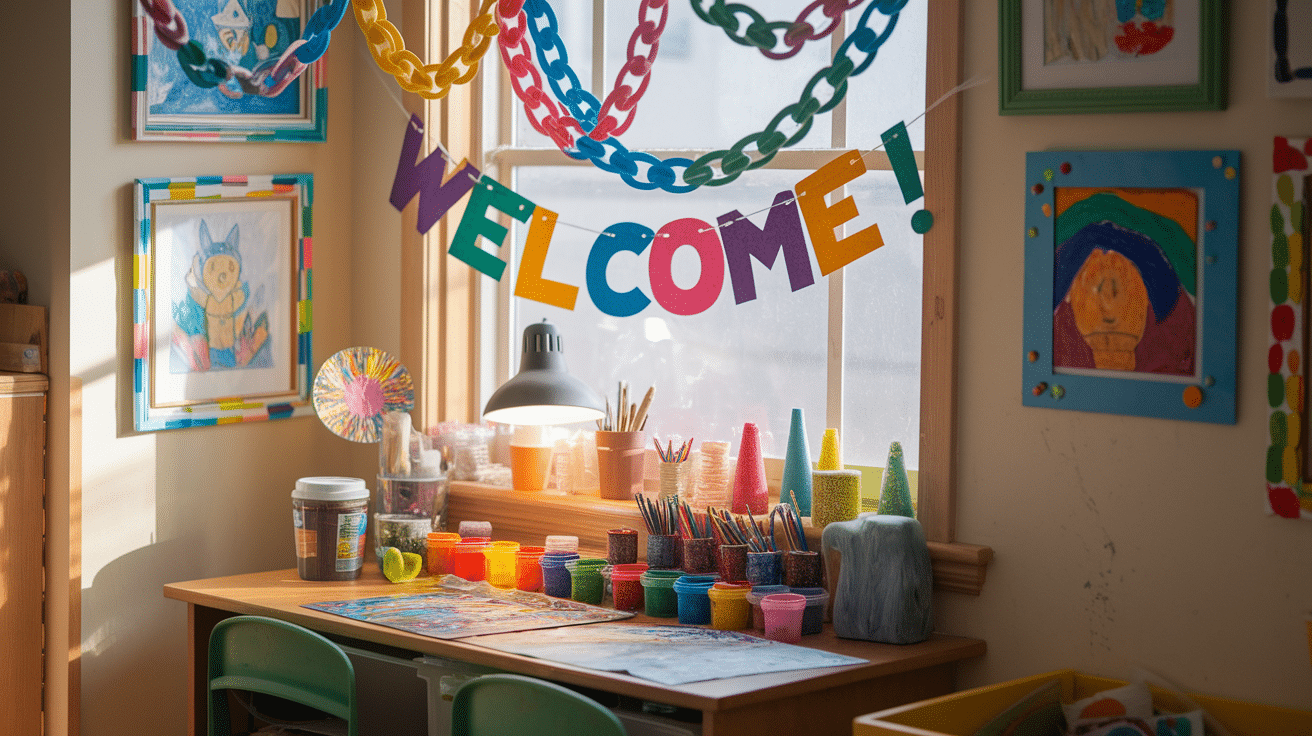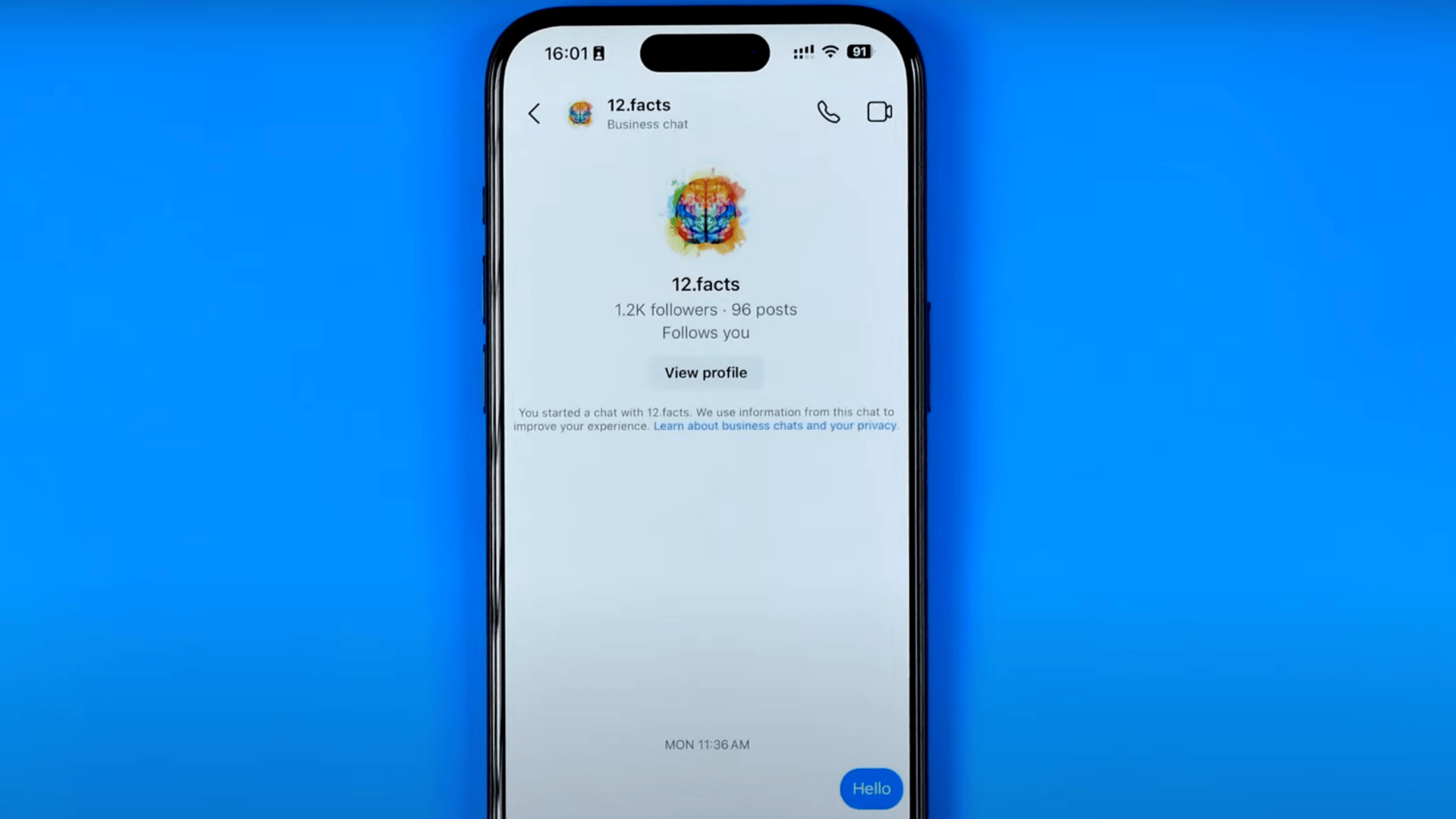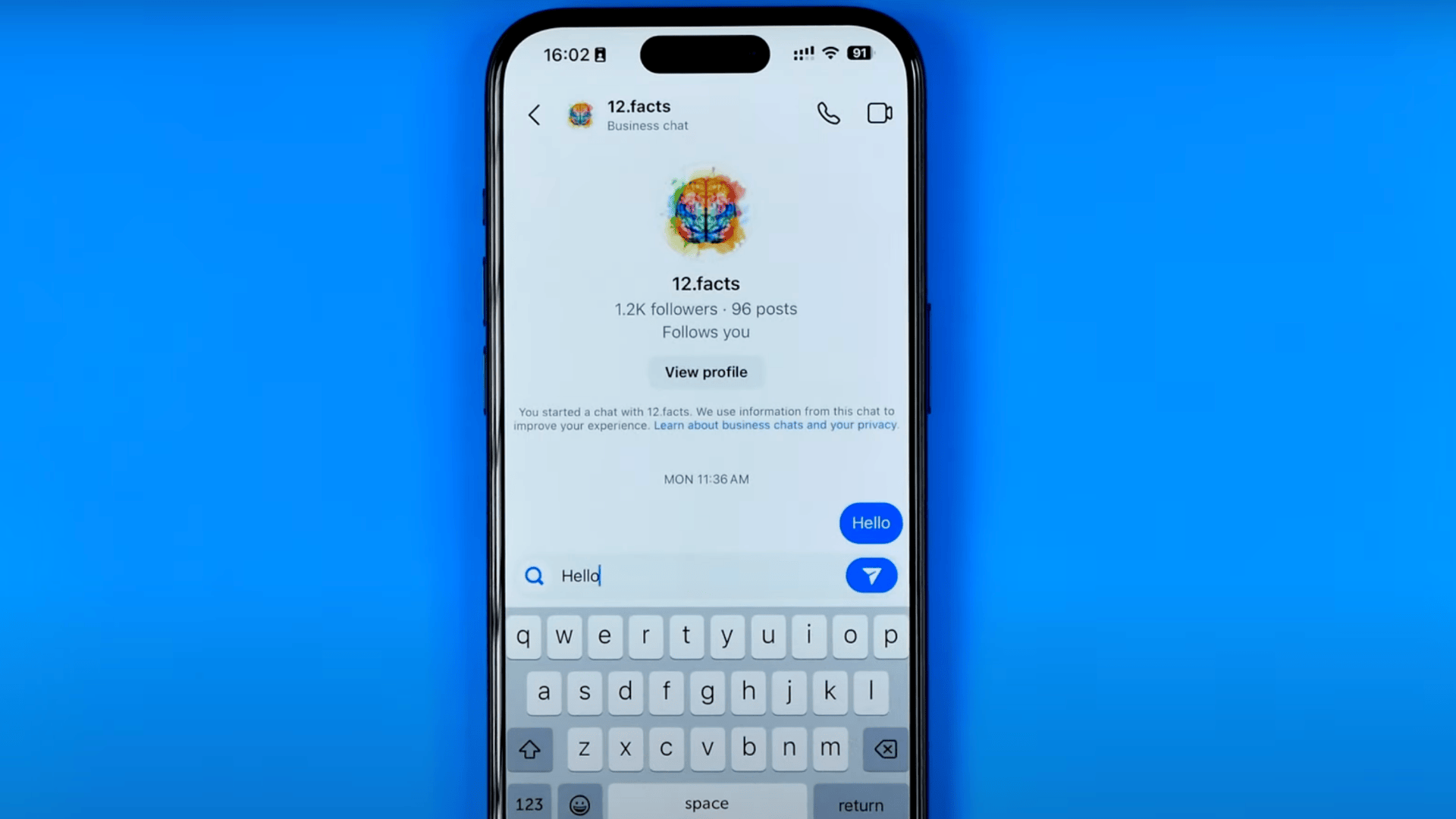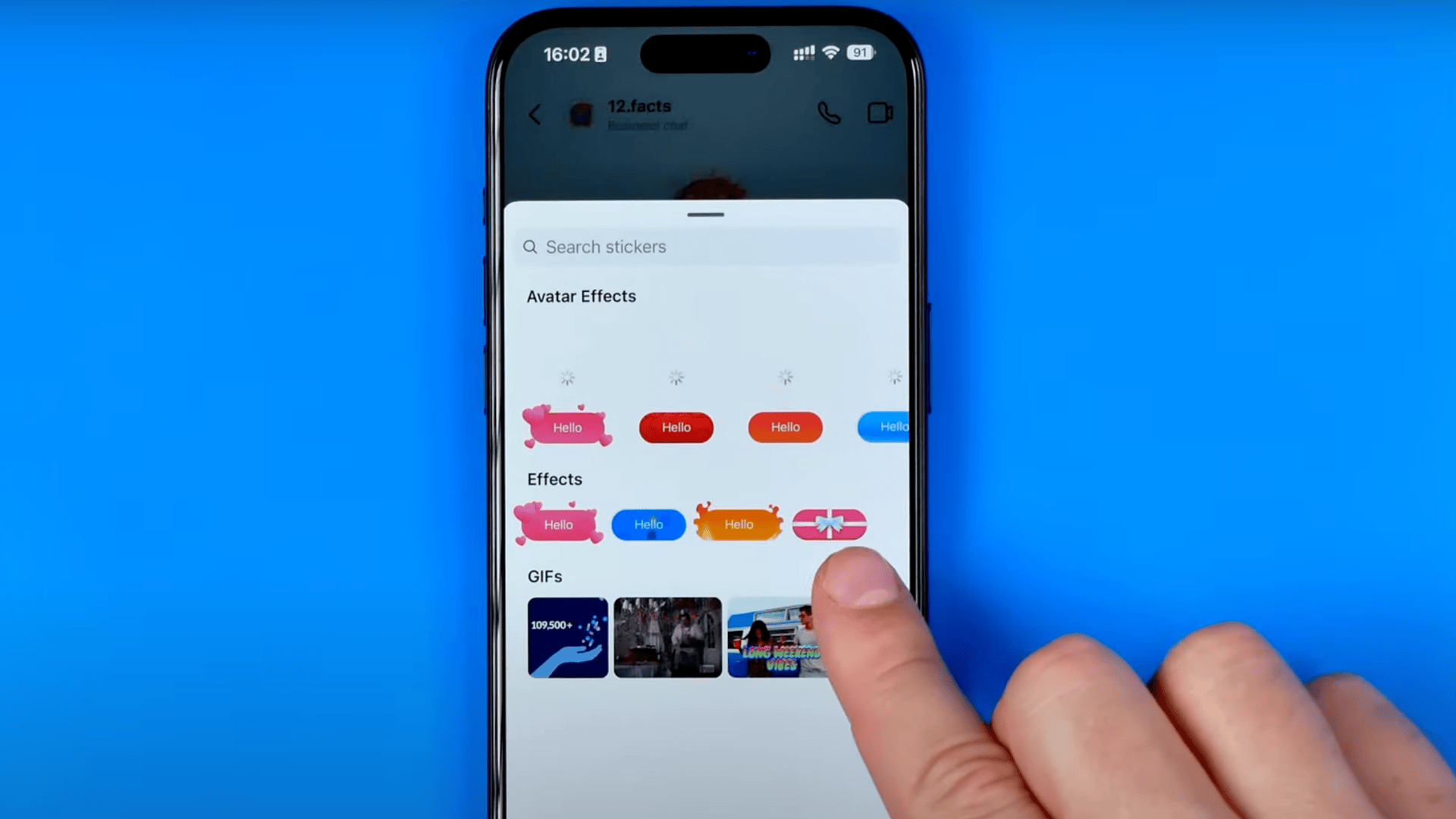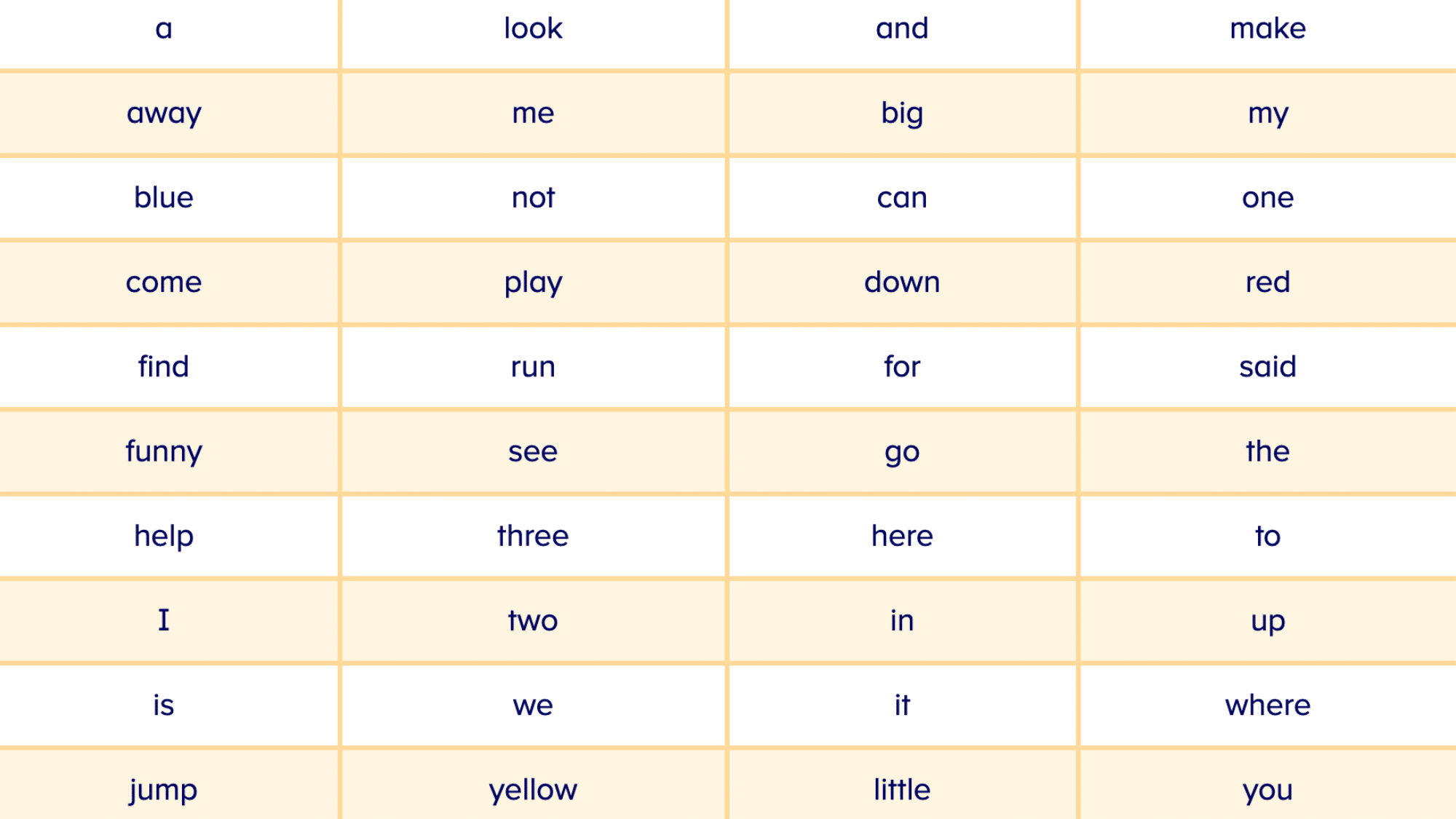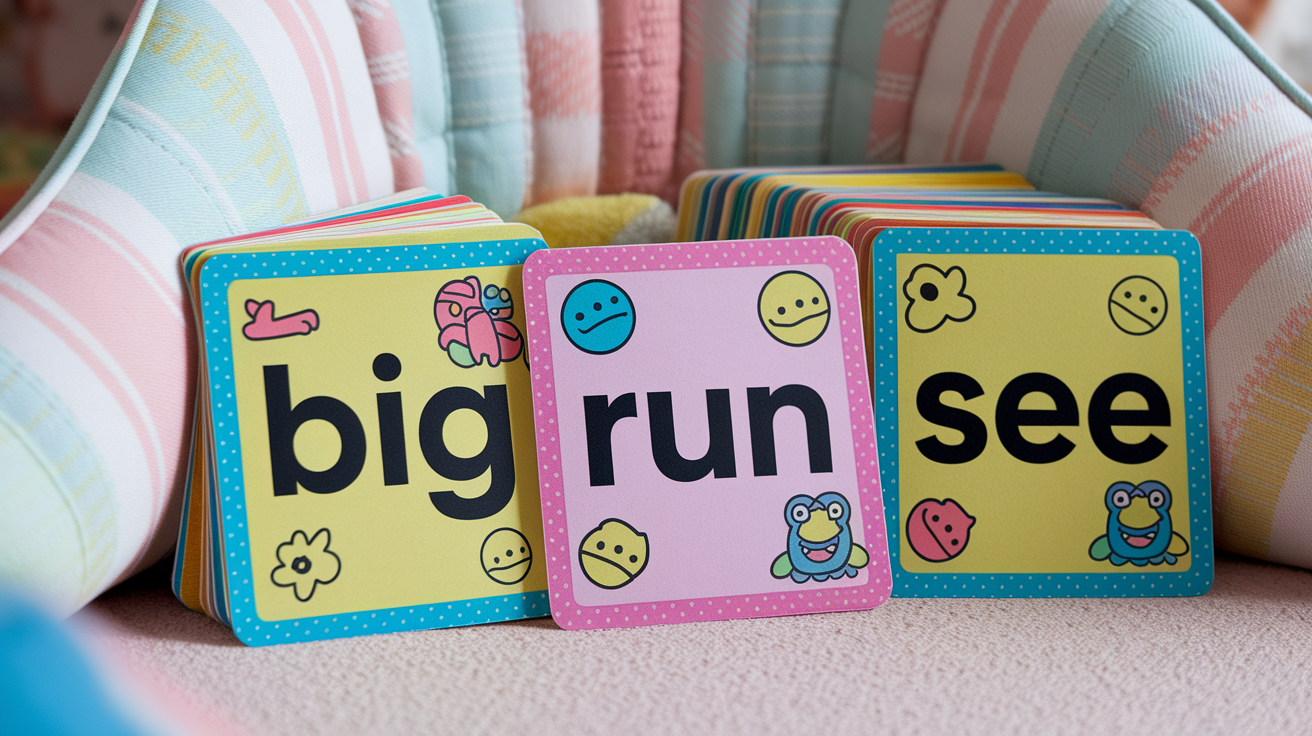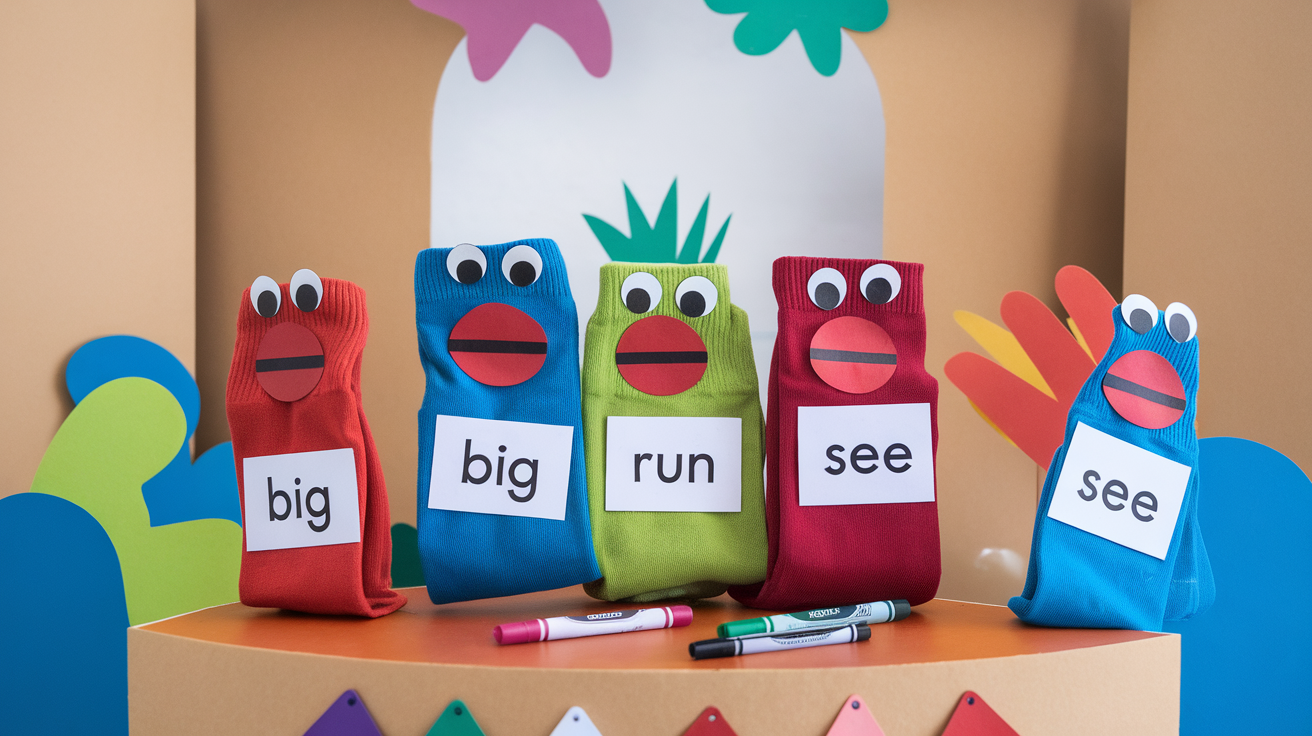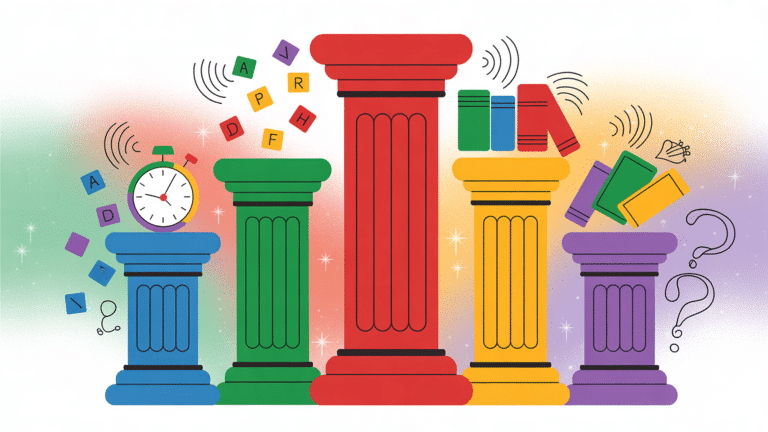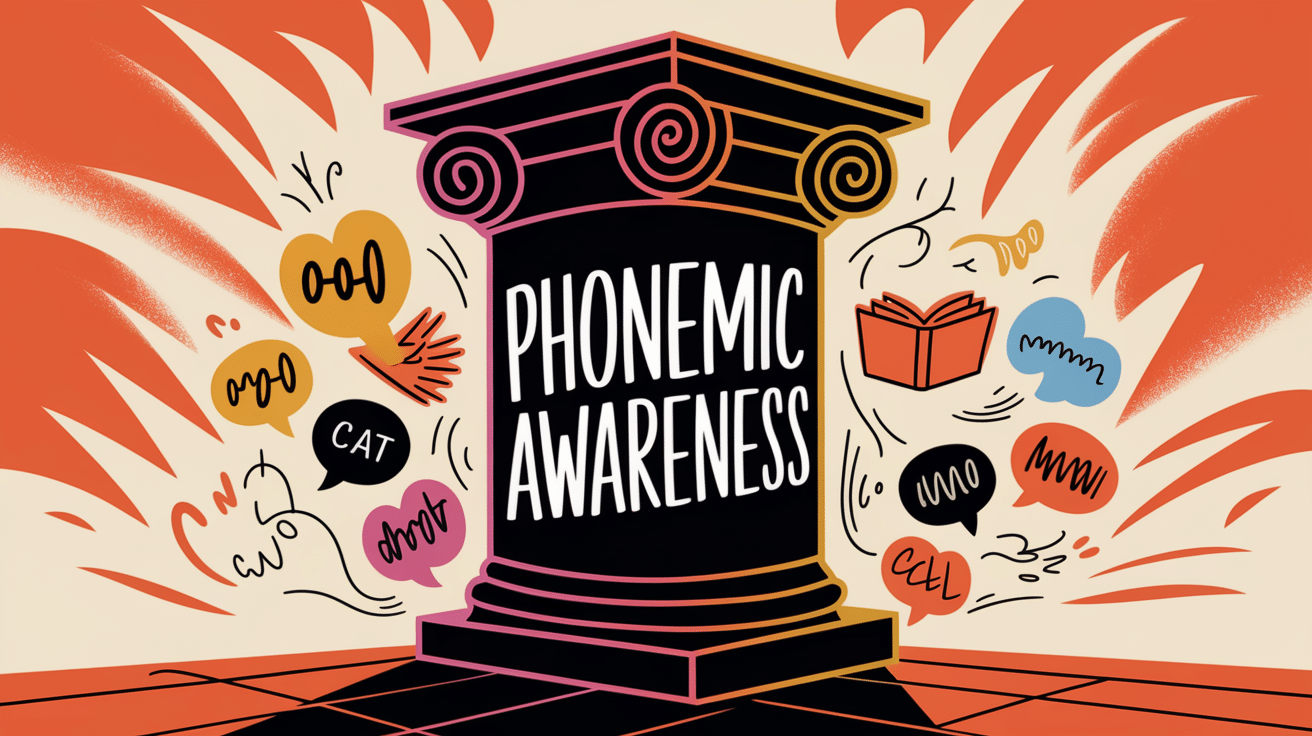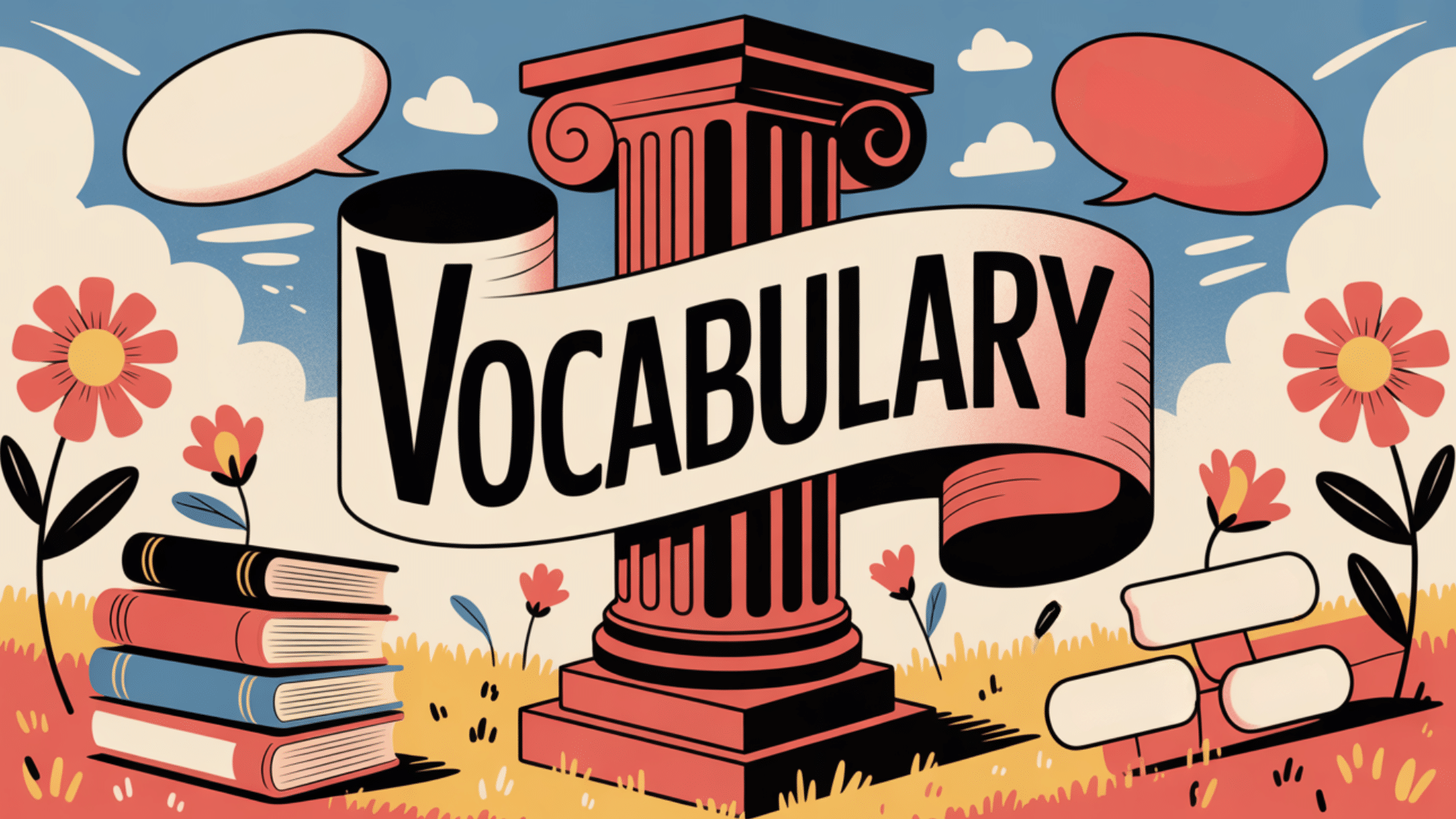Tiny hands clutch new crayons. Backpacks wait by the front door. The first day of preschool is coming fast.
Back-to-school time brings big feelings for little ones. Excitement mixed with butterflies in their tummies. Crafts help turn those wobbly feelings into happy memories.
These easy projects need simple supplies that most homes already have. Construction paper, glue sticks, and safety scissors do the trick.
Each activity builds skills preschoolers need for school success. Hand strength for holding pencils. Following directions step by step. Taking turns and sharing supplies.
Most importantly, these crafts create special moments between grown-ups and kids. They build confidence before that big first day arrives. Time to grab those art supplies and dive in!
Why Preschool Crafts Are Essential for Back-to-School?
Preschool crafts do so much more than just keep little hands busy. They help children develop the fine motor skills needed for writing and cutting. When kids use scissors, crayons, and glue, they’re building hand strength and coordination.
Crafts also teach patience and the importance of following directions. Children learn to listen carefully and complete steps in order.
Creative projects boost confidence, too. When a child finishes a craft, they feel proud of their accomplishment.
Crafts encourage self-expression and creativity. Kids learn there’s no single right way to create something beautiful. This mindset helps them feel comfortable sharing ideas in school.
Nature-Inspired Preschool Crafts
Natural crafts use simple materials like leaves, rocks, and twigs that kids can find right in their backyard.
Working with natural materials helps preschoolers slow down and notice the world around them while creating useful school supplies they’ll be excited to use throughout the year.
1. Leaf Print Notebooks
Collect leaves from the outside and press them onto paper using paint or ink. Transfer the leaf prints onto small notebooks to create unique, nature-themed designs.
Start by gathering different leaf shapes and sizes for variety. Use washable tempera paint or ink pads to coat the leaves evenly before pressing. These custom notebooks can be used for writing or drawing during the school year.
2. Flower Pencil Toppers
Use artificial flowers or felt to create colorful pencil toppers. Simply cut out flower shapes and attach them to the top of pencils with glue. You can also add small beads or buttons to the center for extra detail.
This craft adds a fun, nature-inspired touch to everyday school supplies. The colorful toppers help children identify their pencils and make writing feel more special.
3. Rock Painted “School Friends”
Paint small, smooth rocks to resemble the faces of friends or animals. Each rock can represent a different friend, making it a fun craft to help preschoolers feel connected to their schoolmates.
Start by washing and drying the rocks thoroughly, then use acrylic paints for bright, lasting colors. Add details like eyes, smiles, and hair with fine brushes or markers. These can be used as paperweights or just for decoration.
4. Twig and String Bookmarks
Gather twigs or small branches and tie a string to create personalized bookmarks. Decorate with beads or leaves for added flair. Look for straight, sturdy twigs about 4-6 inches long and sand them smooth if needed for safety.
These simple and eco-friendly bookmarks will help keep track of reading assignments. They make reading feel more special and connected to nature.
5. Pinecone Pencil Holders
Use pinecones to make cute pencil holders by gluing them to a flat base. Add a touch of paint or glitter for extra sparkle. Start with large, sturdy pinecones that have opened scales and clean them thoroughly before crafting.
Glue multiple pinecones to a wooden base or a thick cardboard circle for stability. These holders can be placed on desks for organizing pens, pencils, and other school supplies.
6. Leafy Wall Hangings
Collect a variety of leaves and press them between wax paper to preserve their shapes. Then, hang them with twine or string to create a natural wall decoration for the classroom.
Choose leaves in different sizes, shapes, and colors for visual interest. Press them using a warm iron with adult supervision required. This craft brings the beauty of nature indoors and adds color to the classroom.
7. Seed Paper Cards
Create handmade cards using recycled paper mixed with wildflower seeds. Once pressed and dried, these cards can be written on and given as gifts or used for invitations.
Blend recycled paper with water to create pulp, then mix in wildflower seeds before pressing thin. The finished paper feels slightly textured and holds pencil or crayon marks well. The seeds can later be planted, creating a lasting memory.
8. Acorn Cap Buttons
Collect acorn caps and turn them into decorative buttons by attaching small circular pieces of felt or fabric underneath. Look for caps that are intact and relatively flat, then clean them thoroughly before crafting.
Cut circles of felt or fabric slightly smaller than the cap opening and glue them inside. These buttons can be sewn onto backpacks, shirts, or jackets to add a whimsical, nature-inspired touch.
9. Pressed Flower Backpack Tags
Press flowers between parchment paper, then glue them onto small wooden or cardboard shapes to create decorative backpack tags.
Once dried, arrange them on wooden tags or thick cardboard cutouts. These tags can be personalized with a name and serve as a unique, nature-inspired accessory for preschoolers’ bags.
10. Leaf Crown Headbands
Use flexible twigs or craft wire to make a circular base, then attach pressed leaves or silk flowers around the edges. Measure the child’s head and create a circle that fits comfortably, wrapping the wire with green floral tape.
This crown can be worn for fun or used as a decorative headband for a nature-themed back-to-school outfit. Children can pretend to be woodland creatures or nature spirits during imaginative play.
Fun and Easy Preschool Crafts
These simple crafts are perfect for little hands who are still learning to cut, glue, and color. Each project takes just a few minutes to complete, so even the wiggliest preschoolers can finish them without getting frustrated.
11. Handprint or Footprint School Bus
Use your child’s handprint or footprint to create the body of a school bus on paper. Press the hand or foot firmly into yellow paint, then stamp it onto white paper for the bus shape. Let it dry completely before adding details.
Add windows, wheels, and other details with markers or stickers for a personalized craft that gets them excited for the first day of school.
12. Personalized Back-to-School Pencil Holder
Take a small cup or jar and decorate it with stickers, markers, or wrapping paper. Clean containers like yogurt cups or small mason jars work perfectly for this project. Make sure all edges are smooth and safe for little hands.
Help your preschoolers personalize it with their name, turning it into a unique pencil holder for their new school supplies. They’ll feel proud using something they made themselves every day at school.
13. Back-to-School Welcome Banner:
Create a bright and colorful welcome banner with large letters and fun designs. Cut out letters from different colored construction paper and let children help arrange them.
Each family member can decorate a different letter for extra involvement. Use construction paper, paint, and stickers to make the banner stand out, and hang it at the front door to celebrate the start of school.
14. Button Bookmark Craft
Use a large button, ribbon, and glue to create a fun bookmark. Choose buttons with interesting shapes or colors that match your child’s personality. Make sure the button is large enough that it won’t be a choking hazard.
Let your preschooler pick their favorite color and pattern for the ribbon, making this an easy and creative way to keep track of books at school. They can make extras to give as gifts to teachers or classmates.
15. Paper Plate School Bus
Use a paper plate as the base of a school bus, coloring it yellow and adding windows and wheels. Cut small rectangles from blue paper for windows and black circles for wheels.
Let children draw faces in the windows representing their classmates. This fun and simple craft can be a great way to talk about the first day of school and their new routine.
16. Apple Stamps
Cut an apple in half, dip it in paint, and press it onto paper to create an apple print. Use different colored paints like red, green, and yellow to represent different apple varieties.
Pat the apple dry between color changes for cleaner prints. Add the child’s name or the year to the print for a cute and fun back-to-school keepsake that also introduces the idea of learning with apples.
17. Popsicle Stick Backpack Tags
Use popsicle sticks to make personalized backpack tags by decorating them with paint, markers, or stickers. Glue two or three sticks together for a sturdier tag that won’t break easily.
Cover with clear tape or laminate for weather protection. Add a name tag and hang it on your child’s backpack for a custom touch that’s easy to create.
18. Crayon Box Craft
Cut a small box to look like a crayon box and decorate it with crayons or colored paper. Use an empty cereal box or tissue box as your base, cutting it down to the right size.
Draw crayon shapes on the outside or glue on actual broken crayons for decoration. Fill it with real crayons or small pencils and let the kids use it to store their school supplies.
19. DIY School Bus Hat
Cut out a large circle for a school bus shape and glue it onto a headband. Use yellow cardstock or construction paper for the best results. Add elastic or ribbon ties if the headband doesn’t fit properly.
Add wheels, windows, and a “school bus” sign for a fun wearable craft. This is great for helping preschoolers feel involved in the first-day activities and makes for adorable photos.
20. Handprint Apple Tree
Dip your child’s hand in green paint and press it onto paper for the tree canopy, then add a trunk with brown paint. Make sure to spread fingers wide for a full tree shape. Use a brush or sponge to add texture to the trunk.
Attach small paper apples to the branches for a vibrant craft celebrating the start of school and a nod to nature. Count the apples together to practice early math skills while creating art.
Interactive and Fun Activities
These hands-on crafts sneak learning into playtime without kids even realizing it.
While they’re having fun cutting and pasting, preschoolers are practicing important school skills like counting and letter recognition.
21. Shape Sorting Craft
Use construction paper to cut out different shapes and help preschoolers sort them into categories based on color, size, or type. Create multiple sets of each shape in different colors and sizes for more sorting possibilities.
This craft helps children recognize and name basic shapes while learning classification skills. Turn it into a game by timing how quickly they can sort all the shapes correctly.
22. DIY Letter Matching Game
Create flashcards with uppercase and lowercase letters and challenge preschoolers to match the pairs. Start with just a few letter pairs and gradually add more as children become more confident.
This interactive craft builds letter recognition and matching skills, essential for early literacy development. Make it more challenging by having them say the letter sound when they make a match.
23. Counting with Beads
Use colorful beads and string to create counting necklaces or bracelets. Choose beads in different colors and sizes to make counting more engaging and visually appealing.
Preschoolers can count the beads as they thread them, which reinforces number recognition and fine motor skills through a hands-on activity. They can wear their finished creations to school as a reminder of their counting skills.
24. Letter Trace and Color Activity
Draw large letters on a sheet of paper and have preschoolers trace them using crayons, markers, or colored pencils. Make the letters extra large so little hands can easily follow the lines without frustration.
This craft helps preschoolers with letter formation and builds their writing skills in a fun and creative way. Create a whole alphabet book by doing one letter per page throughout the school year.
25. DIY Shape Stamps
Cut foam or sponges into different shapes, dip them in paint, and stamp them onto paper. Provide multiple colors of paint so children can create colorful patterns and designs with their shapes.
This craft allows children to explore shape recognition while also fostering creativity and fine motor skills through stamping. Use the finished artwork as wrapping paper for small gifts or classroom decorations.
26. Color Sorting Craft
Collect various objects in different colors and create color sorting bins. Use items like buttons, pompoms, crayons, or small toys to make the sorting activity more interesting.
This craft reinforces color recognition and sorting abilities, promoting cognitive growth. Challenge children to find objects around the house that match each color bin.
27. Animal Flashcards Craft
Draw or print pictures of animals and help preschoolers create their flashcards. On the back, write the animal’s name and allow them to match the animal with its name.
Include fun facts about each animal to make learning more engaging. This activity improves vocabulary, reading, and memory skills. Use the cards to play memory games or create animal sound matching activities.
28. Counting Cupcakes
Cut out cupcake shapes and attach a certain number of buttons or small objects to each one. Preschoolers can count the items on each cupcake and match them to the correct number.
Use different colored “frosting” paper to make each cupcake unique and appealing. This craft helps teach counting and number recognition.
29. Rhyming Word Craft
Write rhyming words on paper and have preschoolers decorate the word pairs with pictures. Start with simple rhyming pairs like “cat” and “hat” before moving to more complex words.
This craft teaches early phonics skills, specifically rhyming, which is a key component of reading development. Turn the finished word pairs into a memory game by placing them face down and having children find matches.
30. Build a Number Tower
Using blocks or Legos, create a tower where each level has a number written on it. Have children add the correct number of small objects to each level to reinforce the number concept.
Preschoolers can build the tower while practicing counting, number recognition, and learning the concept of number sequences. Challenge them to build the tower from bottom to top in the correct numerical order.
Creative Preschool Crafts
Creative crafts help little ones build confidence in their artistic abilities while learning that their unique ideas and creations are always valued and celebrated.
There’s no right or wrong way to make these projects, which means kids can experiment with colors, shapes, and ideas without worry.
31. Paper Plate Apple
Use a paper plate to create a colorful apple craft by painting it red, green, or yellow. Add a stem and leaf with construction paper, making it a fun and easy way to introduce the back-to-school theme.
This craft is perfect for celebrating the new school year. Let children practice writing their names on the apple or add fun facts about apples they’ve learned.
32. Colorful School Supplies Cutouts
Cut out paper shapes of school supplies like pencils, rulers, and notebooks. Let preschoolers decorate them with markers or stickers.
Use them to create a fun bulletin board display or even a classroom mobile to kick off the school year. These cutouts can also be used as name tags for their desks or as decorations for their bedroom walls.
33. Paper Backpack Craft
Make a mini backpack out of paper to help celebrate the first day of school. Simply fold and glue colored paper to form the shape of a backpack, adding fun details like straps, pockets, and zippers using markers or colored paper.
Children can fill their mini backpacks with tiny paper school supplies or use them to hold special notes from family.
34. Handprint Apple Tree
Create a handprint apple tree by painting a trunk and branches with brown paint, and using your child’s handprint as the leaves, dipped in green paint. Add red, yellow, or green paper apples to the branches for a fun, nature-inspired craft.
This makes a wonderful keepsake that captures how small their hands were at the start of the school year.
35. Paper Plate Pencil Craft
Cut and decorate a paper plate to look like a giant pencil, complete with a sharpened end. This simple craft introduces the concept of school supplies.
It also encourages preschoolers to practice fine motor skills and creativity through coloring and cutting. Use different colored plates to make a whole set of colorful pencils for classroom decoration.
36. Paper Bag School Bus
Transform a brown paper bag into a fun school bus by painting it yellow and adding black wheels and windows with markers.
This interactive craft helps kids feel more connected to the theme of going back to school and can be used as a playful backpack for toys or books. Children can draw themselves and their friends in the windows to make it more personal.
37. Paper Plate Sunflower
Cut a paper plate into petals and paint them yellow to create a cheerful sunflower. Add a green stem and leaves to make the craft come to life. This is a bright and happy craft that’s perfect for welcoming the new school year.
Create a whole sunflower garden by making multiple flowers in different sizes and hanging them on the wall.
38. DIY School Rules Poster
Help preschoolers create a poster with simple school rules using construction paper, markers, and stickers. They can write or draw reminders of what to do in class, like raising hands, being kind, and following directions.
Making it a fun way to reinforce classroom behavior. Hang the poster in their bedroom or study area as a daily reminder of good behavior.
39. Paper Roll Rocket
Repurpose a toilet paper roll by painting it and adding fins, a flame, and a top cone to create a rocket. This craft is a great way to spark curiosity about learning, imagination, and outer space while preparing for an exciting school year.
Children can pretend to blast off to school each morning with their rocket, making the routine more fun and engaging.
40. Paper Cup Book
Create a small, personalized book by stacking paper cups together. Decorate each cup with different pages of a story or with fun drawings of their favorite school subjects.
Making this craft both a creative project and a unique keepsake to mark the beginning of the school year. The cups can be easily taken apart and rearranged to tell different stories or create new adventures.
Personalized Preschool Activity
These special crafts help preschoolers create something that’s uniquely theirs by adding their name, handprint, or favorite colors.
When children see their name or personal touch on a craft, it becomes a treasured keepsake that celebrates who they are as they start this exciting new chapter of school.
41. Personalized Back-to-School T-Shirt
Help your child design their back-to-school T-shirt using fabric paint, stencils, or tie-dye techniques. This craft gives them a chance to express their personality and wear a fun, custom outfit for the first day of school.
Choose washable fabric paints to ensure the design stays vibrant after multiple washes. Let them add their name, favorite colors, or drawings of things they’re excited to learn about in school.
42. Photo Frame Magnet
Make a personalized photo frame by decorating a small wooden frame with buttons, paint, or markers. Add a favorite photo from the first day of school and attach a magnet to the back to hang it on the fridge.
This creates a special keepsake that families can look at every day as a reminder of the exciting school milestone. Children can update the photo throughout the year to show how much they’ve grown and learned.
43. Customized School Supplies
Allow preschoolers to decorate their notebooks, folders, and binders with their names, favorite characters, or fun drawings. This craft makes their school supplies unique and easy to identify.
Use stickers, washi tape, or colorful markers to create patterns and designs that reflect their personality. Cover the decorations with clear contact paper or tape to protect them from daily wear and tear.
44. Back-to-School Calendar
Help your preschooler make a personalized calendar by adding their name and using stickers or drawings to mark important school events. This craft helps them stay organized and excited about the school year.
Include special days like picture day, field trips, or holidays to build anticipation for upcoming activities. Use different colored stickers or drawings to represent different types of events, making it easy to read at a glance.
45. Custom Desk Organizer
Use an empty cereal box or a small cardboard box to create a personalized desk organizer. Let your child decorate it with their name and favorite colors, helping them keep their study area neat.
Cut separate compartments for different supplies like pencils, crayons, erasers, and small toys. This teaches organizational skills while creating a functional piece that makes homework time more enjoyable.
46. Nameplate for Desk
Create a personalized nameplate by decorating a small piece of cardstock with bright colors, stickers, and the child’s name. This craft can be placed on their desk at school to add a fun and familiar touch to their space.
Laminate the finished nameplate to make it durable enough to last the entire school year. Let them practice writing their name on the back for extra handwriting practice.
47. Handprint School Bag Tags
Make personalized school bag tags by creating a handprint design on colorful cardstock and adding the child’s name. This craft is both fun and functional, helping to easily identify their bag during school activities.
Use different colored paints for each finger to create a rainbow handprint effect. Punch a hole at the top and add a colorful ribbon or string for easy attachment to backpacks.
48. Customized Water Bottle
Personalize a water bottle by letting preschoolers decorate it with stickers, paint, or their name using permanent markers. This craft ensures they have their unique water bottle for school, making it easy to identify.
Choose stickers that reflect their interests, like animals, sports, or favorite character,s to make drinking water more fun. Cover the decorations with clear tape to prevent them from peeling off during daily use.
49. Personalized Desk Mat
Create a customized desk mat with their name and fun designs using construction paper, foam, or fabric. This mat can be placed on their desk or work area to give them a designated space with a personal touch.
Include helpful reference information like the alphabet, numbers, or their address around the border. Laminate the finished mat to make it wipeable and durable for daily homework sessions.
50. Custom School Folder Covers
Let preschoolers decorate their school folders with their favorite characters, names, or designs using markers and stickers. This personalized touch makes their school materials unique and fun.
Create different themes for different subjects, like animals for science or numbers for math folders. Use colorful duct tape along the edges to reinforce the folders and prevent them from tearing throughout the busy school year.
Conclusion
Back-to-school season doesn’t have to be stressful for little ones. These simple crafts turn nervous butterflies into excited anticipation while building skills preschoolers need for success.
From nature projects to personalized creations, crafting creates positive school memories. The magic happens when families sit together with glue sticks and paper.
These quiet moments build confidence and connection. They show children that learning is fun and they’re ready for school.
Every snip of scissors prepares little hands for the classroom ahead. The best school preparation often happens right at the kitchen table.
What’s your family’s favorite back-to-school tradition? Share your craft ideas and first-day memories in the comments below!






